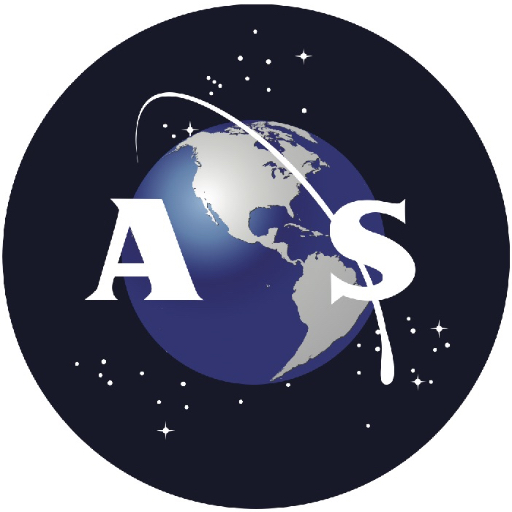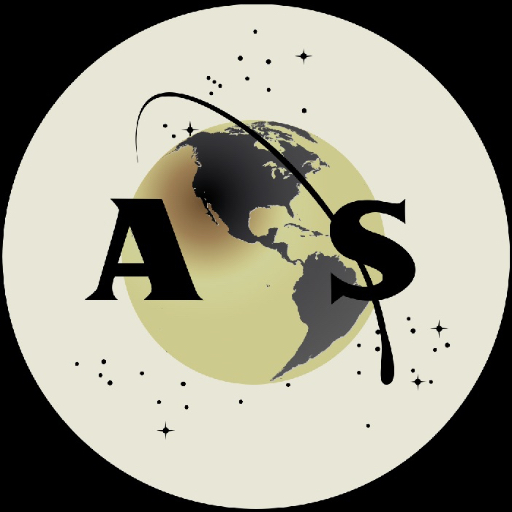
CAPE CANAVERAL, Fla — “So, what do you do now that they aren’t launching rockets anymore?” This cringe-inducing phrase has become a recurring statement that myself and my partner in covering the space program, Alan Walters, have had to endure a number of times. Alan, ever the wise man, rarely responds, shaking his head and returning to whatever he was doing before the offending comment derailed his day—leaving me to explain that space flight is, in fact, alive and well. This fact was the driving force behind a media event conducted by the 45th Space Wing’s Brigadier General Anthony Cotton.
Cotton and representatives from Space Exploration Technologies (SpaceX), as well as United Launch Alliance (ULA), toured several members of the media around Cape Canaveral Air Force Station’s major facilities, including the Morrell Operations Center (MOC), Space Launch Complex 40 (SLC-40), and ULA’s Vertical Integration Facility, or “VIF.”

The tour was held on January 8, 2013, and detailed the work that occurred on a daily basis at Cape Canaveral. Gen. Cotton wanted to reiterate that the scientific, commercial, and defense-related applications for space have resulted in near monthly launches (in some cases launches have occurred more than once a month).

The media was represented by veteran space reporters Todd Halvorson and James Dean with Florida Today, Irene Klotz with Reuters, and Justin Ray with Spaceflight Now (and, of course, the good folks at AmericaSpace).
The tour kicked off from the Air Force Space & Missile History Center located in the same area as SpaceX’s Launch Control Center and Space Florida’s headquarters.
“I run the Cape … the launch facilities on the Eastern Range, short of Complex 39, are on the Cape Canaveral side of the causeway—that’s very important for people to understand,” Cotton said while addressing questions from the assembled media. “When we talk about the pointed edge of the spear as far as launch activities, it takes place here at the Cape.”
The Morrell Operations Center was the first stop of the day. Gen. Cotton briefed the reporters on hand, providing them with a “Mission Brief” as to what the media could expect to see during their tour. The debrief was conducted in the Mission Control Room, the site where the final “Go” for launch is given. It served as a perfect backdrop for a day where the action of the Eastern Range would come alive.
“My exec likes to dub what we do here as “ROTC,” or Radar, Optics, Telemetry, and, for safety, Command Destruct,” Cotton said.

One of the more interesting things that the media got to see during the tour was the panel that contains the destruct switch that would destroy wayward rockets before they threaten Florida’s population centers.
With the shuttle program a thing of the past, the action along Florida’s Space Coast takes place at Cape Canaveral Air Force Station. NASA’s Space Launch System is not slated to take to the skies until 2017, at the earliest. This means that for the next four years, and perhaps longer, the Space Coast’s thunder will all be happening Cape-side.

After the MOC, Gen. Cotton’s tour moved on to ULA’s Vertical Integration Facility (VIF), where the Denver, Colo.–based firm stacks the venerable Atlas V rocket. Those members of the press on the tour had the opportunity to see the Atlas that will carry the Tracking and Data Relay Satellite (TDRS-K) slated to liftoff Jan. 29.
“The launch control centers, spacecraft processing … it’s all here. One of the things that we’re working on currently is becoming more efficient. So as we downsize, we’re working to remove older structures that don’t have a purpose,” Cotton stated when asked about efforts to renovate CCAFS for future uses.
Space Launch Complex 40 (SLC-40) is where Hawthorne, Calif.–based Space Exploration Technologies, or “SpaceX,” has sent four of its Falcon 9 rockets and three Dragon spacecraft into orbit—and history.

SpaceX is definitely a mover and a shaker out at the Cape. SpaceX plans to conduct the inaugural flight of the company’s Falcon Heavy rocket from Vandenberg Air Force Base some time this year—but then the East Coast will tremble under the fury of this massive rocket. According to an article appearing on Spaceflight Now, SpaceX is eyeing historic Launch Complex 39A (where Apollo 11 and numerous shuttle missions roared to orbit) as the place where the Falcon Heavy will be launched along Florida’s Space Coast.

In short, the Eastern Range is carrying the fire as NASA regroups and restructures on its two-pronged approach to the future. The space agency is working to empower smaller, private space firms to provide access to destinations in low-earth orbit, or “LEO,” as NASA looks to destinations beyond.
The first step in this new journey is slated to take place some time next year. Like much of what General Cotton touched on during the tour, the launch of Exploration Flight Test 1 (EFT-1) will take place from Cape Canaveral.
Scheduled for September 2014, the first flight of an Orion spacecraft will take place atop one of United Launch Alliance’s Delta IV Heavy rockets. The spacecraft will travel some 3,700 miles away from the Earth (by comparison, the International Space Station orbits approximately 260 miles above the Earth). This flight profile is designed to maximize the impact on the spacecraft’s heat shield as it returns to Earth (at a searing speed of some 21,000 miles per hour).
As EFT-1 will launch atop a Delta IV, this means that it will take place at Cape Canaveral’s Space Launch Complex-37.
Besides the high-profile missions of SpaceX and the first flight of Orion, Cape Canaveral still has the “usual” launches for customers such as the Department of Defense, the National Reconnaissance Office, and others. In 2012, a launch occurred at the rate of about one a month (some months had none and a couple had two). So, whenever greeted with those confused about the “death” of space flight, I smile, pull out my iPhone, and show them the launches that they have (obviously) missed. In the end, Gen. Cotton’s efforts to let the public know that space flight is alive and well will have a positive result. However, given that some of those that ask us what we are doing now that there are not any rockets launching from Cape Canaveral live in Brevard County proper, it is clear that even his best efforts will miss a few people.
“The Eastern Range is a national asset, you know. There were some smart folks back in the late ’40s and early 1950s that decided to use this lagoon area known as Cape Canaveral to launch from,” Cotton said. “It’s a sweet spot on the East Coast that provides a great opportunity to reach equatorial orbit, and it’s the reason why we have so many launches from this coast as opposed to the Western Range.”

Missions » ISS »



